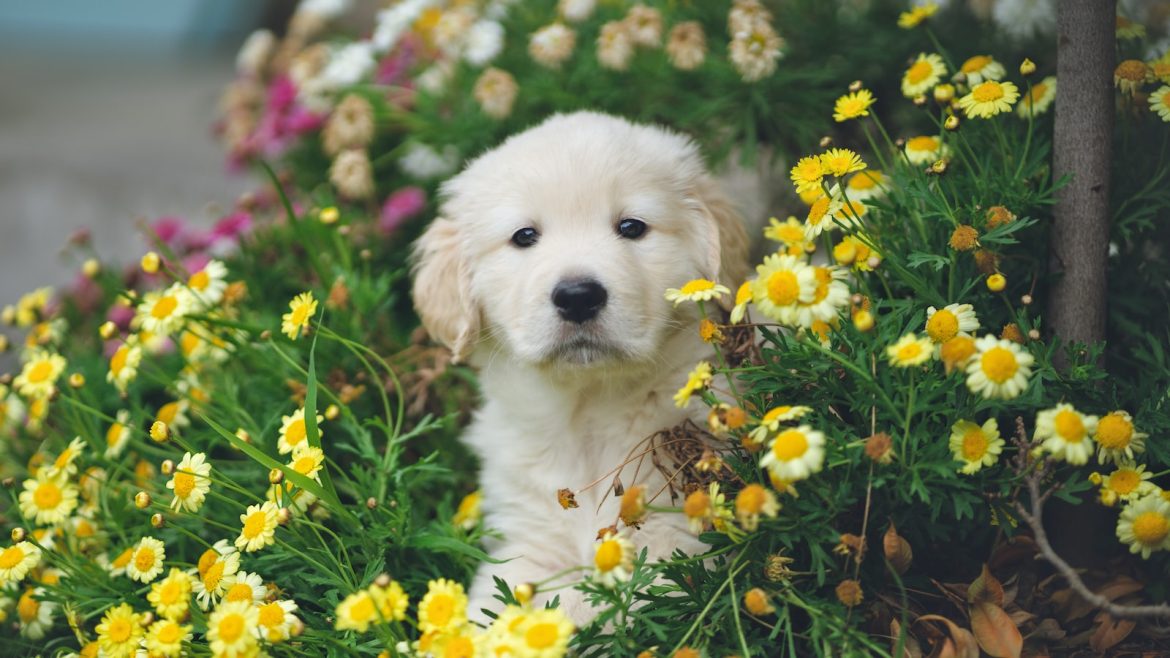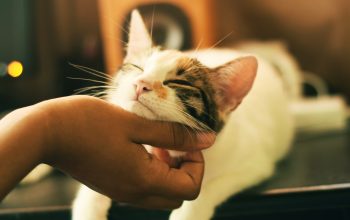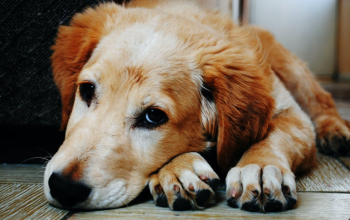Beware, pet parents! Do you find yourself coming home to a whirlwind of shredded shoes, gnawed furniture, and chewed-up cables? If so, you’re not alone. Puppies, with their irresistibly adorable eyes and wiggly tails, have a mischievous streak that can leave your belongings in ruins. But fear not! In this article, we delve into the mystifying world of preventing destructive chewing in our furry friends, offering foolproof tips and tricks to safeguard your precious possessions. Bid farewell to chewed-up chaos and say hello to a harmonious coexistence between you, your pup, and your belongings. Let the battle against puppy teeth destruction commence!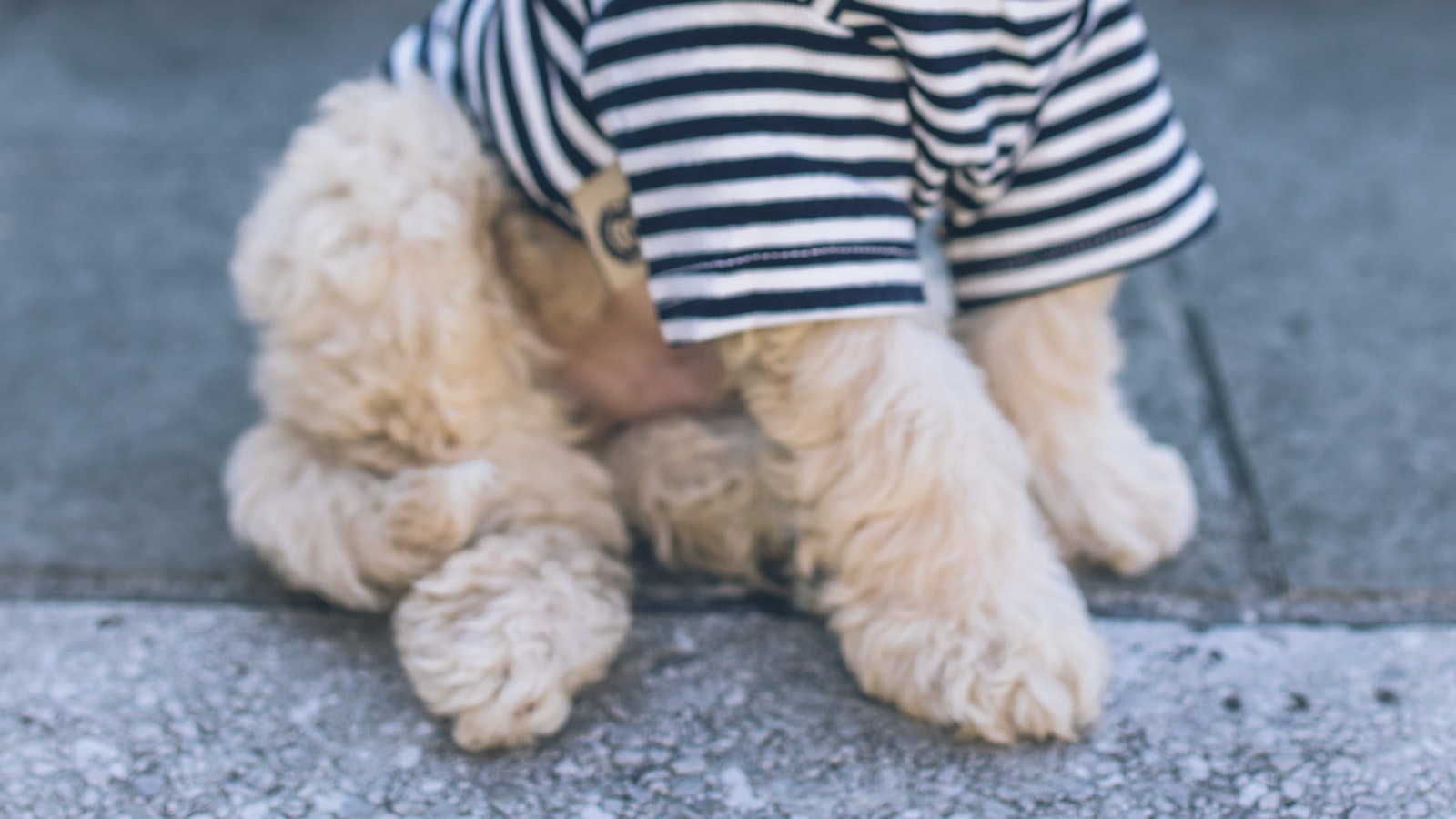
Understanding the Root Causes of Destructive Chewing in Puppies
When it comes to puppies, chewing is a normal and natural behavior. However, destructive chewing can become a frustrating and costly problem for pet owners. Understanding the root causes behind this behavior is essential in order to address it effectively. Puppy chewing can be attributed to a variety of factors, including:
- Teething: Just like babies, puppies experience discomfort when their teeth begin to come in. Chewing helps relieve the pain and itching associated with teething.
- Boredom: Puppies have lots of energy and need mental and physical stimulation. If they don’t have appropriate outlets for this energy, they may resort to destructive chewing as a form of entertainment.
- Anxiety or stress: Puppies, especially those going through a major change or experiencing separation anxiety, may turn to chewing as a way to cope with their emotions.
The key to addressing destructive chewing in puppies is to provide them with appropriate alternatives and outlets for their chewing needs. Here are some tips to help redirect their chewing behavior:
- Offer a variety of sturdy chew toys specifically designed for teething puppies, such as rubber toys or dental chews.
- Rotate the toys regularly to keep their interest and prevent boredom.
- Provide mental and physical stimulation through interactive play and regular exercise.
- Establish a consistent routine and ensure your puppy gets plenty of attention and socialization.
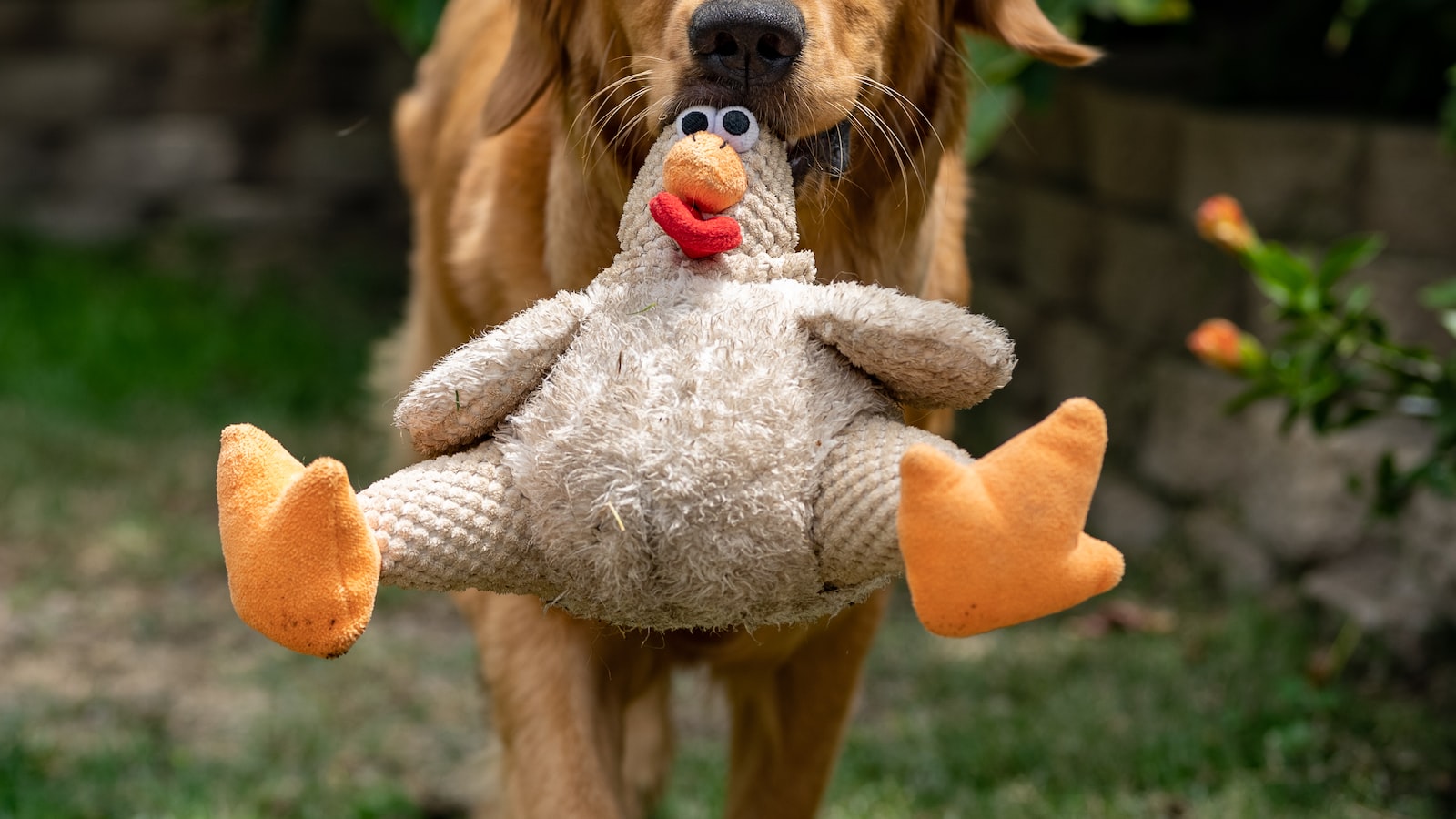
Effective Strategies for Redirecting Your Puppy’s Chewing Behavior
Redirecting your puppy’s chewing behavior can be a challenging task, but with the right strategies, it is possible to help your furry friend develop healthier habits. Here are some effective approaches you can try:
- Provide appropriate chew toys: Make sure to offer your puppy a variety of safe, durable, and interesting chew toys. This will help redirect their chewing instinct onto acceptable items and away from your favorite shoes!
- Supervise and manage their environment: Keep a close eye on your puppy when they are exploring the house. If you catch them chewing on something they shouldn’t, calmly redirect their attention to one of their chew toys instead. Additionally, try to puppy-proof your home by removing temptations and keeping valuable items out of reach.
- Teach the “leave it” command: Utilizing commands like “leave it” can be invaluable in redirecting your puppy’s chewing behavior. With patience and consistency, they will learn to let go of inappropriate items when instructed.
- Positive reinforcement: When your puppy chooses to chew on their toys instead of your belongings, praise and reward their good behavior. Positive reinforcement will reinforce the desired chewing habits and make them more likely to continue in the future.
Remember, redirecting your puppy’s chewing behavior requires time, patience, and consistency. By implementing these effective strategies, you can guide your puppy towards appropriate chewing habits while maintaining a harmonious living environment.
Creating a Safe Environment to Minimize Destructive Chewing
When it comes to our furry friends, chewing is a natural behavior that helps them explore the world and keep their teeth strong. However, destructive chewing can become a problem if your pet starts wreaking havoc on your belongings. To prevent this, it’s important to create a safe environment that encourages appropriate chewing habits. Here are some tips to help you accomplish just that:
- Select appropriate chew toys: Provide your pet with a variety of chew toys made specifically for their breed and size. This will not only give them an acceptable outlet for their chewing urges, but also help prevent boredom.
- Puppy-proof your space: Just as you would childproof a home, ensure that your living space is safe for your pet. Remove any items that could be harmful if chewed on, such as electrical cords, toxic plants, or small objects that could be swallowed.
- Use deterrent sprays: If your pet has a particular attraction to certain objects, consider using a chewing deterrent spray to discourage them. These sprays are formulated with bitter tastes that pets dislike, making the objects less appealing.
Remember, the key to minimizing destructive chewing is to redirect your pet’s behavior towards appropriate chewing alternatives. Alongside these tips, make sure to provide plenty of exercise and mental stimulation for your pet, as boredom often leads to destructive habits. By creating a safe environment and offering suitable chewing alternatives, your furry friend will be less likely to chew havoc on your valuable belongings!
Choosing the Right Chew Toys and Training Techniques to Prevent Destructive Chewing
When it comes to your furry friend’s destructive chewing habits, prevention is key. By providing your pet with appropriate chew toys and implementing effective training techniques, you can save your furniture from being turned into a canine masterpiece. Here are some tips to help you choose the right chew toys and training methods:
- Consider your pet’s size and breed: Different dogs have different chewing needs. For small breeds, soft and pliable toys are ideal, while larger breeds may require more durable options.
- Look for durable materials: Opt for chew toys made of tough materials like rubber or nylon. These are more likely to withstand the strong jaws of your furry friend.
- Provide a variety of textures: Dogs have preferences when it comes to textures. Offer chew toys with various textures, such as ridges, bumps, or smooth surfaces, to keep their interest and satisfy their chewing needs.
Training techniques are just as important as selecting the right chew toys. Here are some effective methods to discourage destructive chewing:
- Positive reinforcement: Reward your pet with praise, treats, or playtime whenever they chew on their appropriate toys. This reinforces the desired behavior and encourages them to continue using their chew toys instead of your belongings.
- Redirect their attention: Identify common objects your dog tends to chew on and redirect their focus to the appropriate chew toys. This can be done by tossing a toy near them or engaging them in interactive play.
- Keep tempting items out of reach: To minimize the risk of destructive chewing, ensure that your pet cannot access items like shoes, remote controls, or loose wires. Secure these objects or store them in closed cabinets to remove the temptation altogether.
Closing Remarks
In conclusion, puppies may have an innate desire to explore the world through their mouths, but destructive chewing can be prevented with a little patience, consistency, and creativity. While it’s natural to feel frustrated or overwhelmed by the sight of your favorite shoes being turned into chew toys, let’s remember that it’s all part of their growth and learning process.
By understanding the root causes of destructive chewing and addressing them head-on, we can save our belongings and create a safe environment for our furry friends to thrive. Remember, the key lies in providing them with appropriate alternatives, such as sturdy chew toys or puzzle games that engage their minds and keep their jaws busy.
Through positive reinforcement, consistent training, and a healthy dose of distraction, we can redirect their chewing instincts towards more productive activities. Celebrate small victories along the way, as each chewed-on chair leg left untouched becomes a mini triumph for both humankind and puppykind.
So, let’s embark on this journey of preventing destructive chewing together, armed with patience, understanding, and a willingness to adapt. By saving our belongings, we are also saving our sanity and nurturing a strong bond with our four-legged companions.
Remember, every pup is unique, and progress may take time. Don’t be discouraged if setbacks occur; instead, be persistent and adapt your strategies as needed. Soon enough, with a little creativity and a touch of puppy love, we’ll create a harmonious home where both our cherished belongings and our beloved pups coexist peacefully.
One of the most common issues for dog owners is their furry friends’ bad habit of destructive chewing. From wood furniture to shoes and slippers, puppies can turn into miniature Tasmanian Devils when left alone without proper guidance. Although it can be frustrating for owners, understanding the reasons for a puppy’s destructive behavior and using positive reinforcement techniques can help curb their destructive habits.
Chewing is a natural behavior for a pup. They chew items in order to explore, relieve boredom, ease teething discomfort and to help control their energy. It’s important for them to explore their environment and test their boundaries to become well-behaved adults. The problem is that puppies don’t know what is allowed and what is not, so it’s up to the owner to show them the difference.
The first step an owner should take in preventing destructive chewing is to puppy proof the home. This includes limiting access to potentially dangerous items that may be within a puppy’s reach. Things like household cleaners, electronics, loose wires and shoes should all be put away and kept out of the puppy’s sight. It’s important to remember that puppies have sharp teeth and can destroy items quickly. If possible, it’s recommended that puppies not be left alone in a room unsupervised.
Another way to prevent destructive chewing is to give the pup adequate chew toys and items. Chew toys should be specific to a puppy’s size and should be made from durable material. It’s also recommended that the owners rotate and introduce new chew toys to help keep their pup’s interest. If the pup goes for something they are not allowed to chew, the owners should immediately redirect them to the toy. Reward them with positive reinforcement such as a treat or verbal praise each time they go to the toy instead of a prohibited item.
Finally, it’s important to keep in mind that puppies are still learning, and that their behavior can be corrected with patience and consistency. Destructive chewing can be prevented if owners are proactive in teaching their pup the rules of the house and providing them with the appropriate toys. With some effort and dedication, owners can keep their beloved items safe and help their puppy become an obedient and well-behaved canine.


